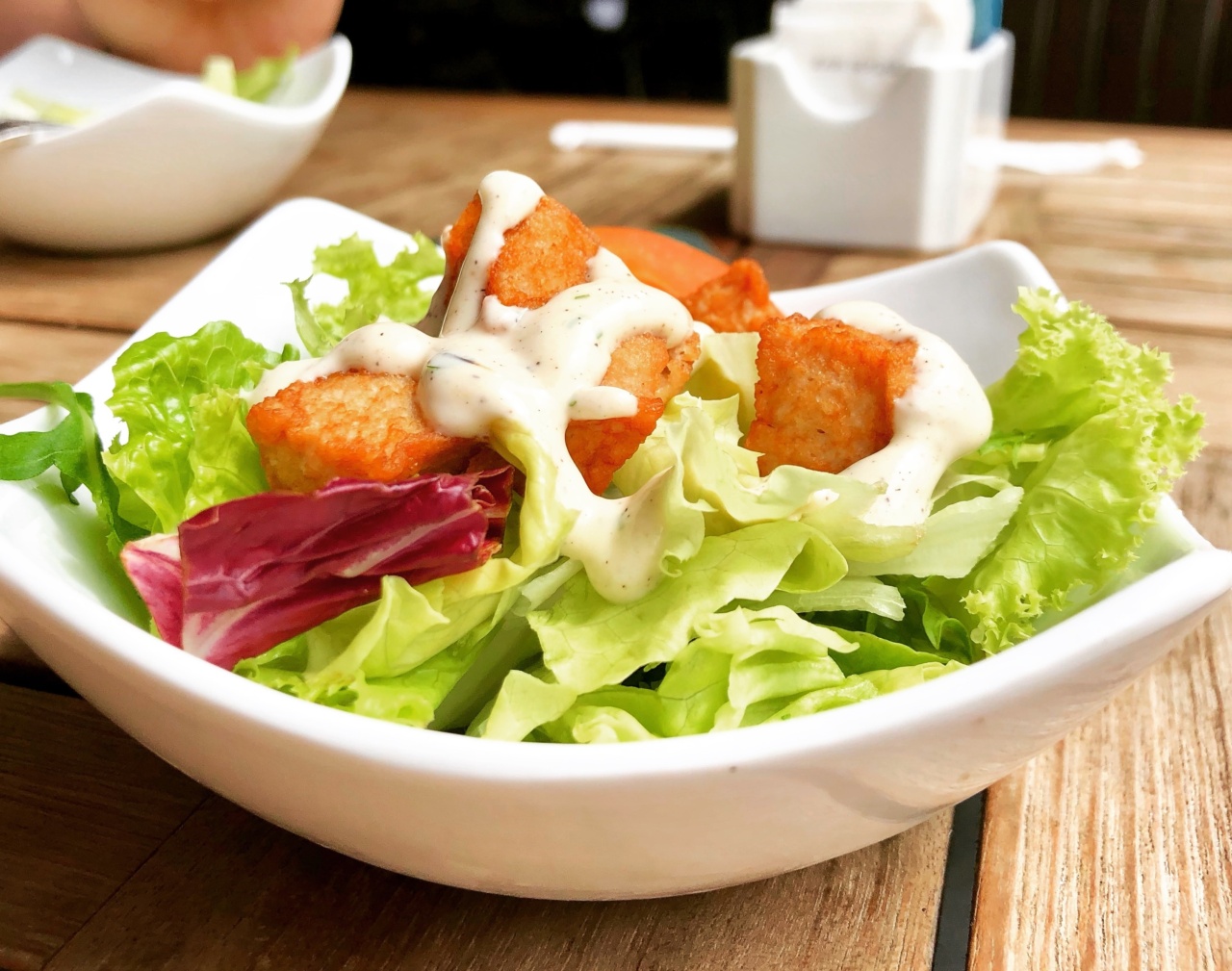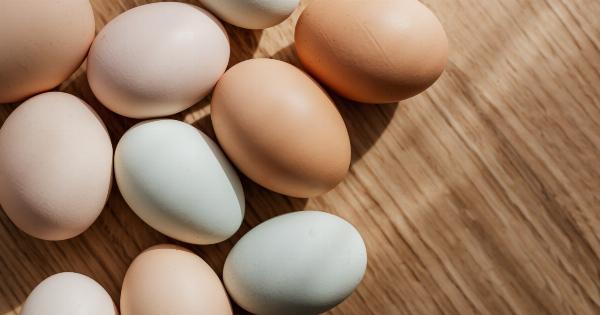When it comes to cooking chicken, it’s important to be aware of the potential dangers that can arise. Fresh chicken that has not been handled or cooked properly can pose health risks to both the cook and the people who consume it.
In this article, we’ll explore the various dangers associated with cooking fresh chicken and provide tips for safe preparation and handling.
Salmonella
Salmonella is a type of bacteria commonly found in raw poultry such as chicken. If the chicken is not cooked to the proper internal temperature of 165°F, the bacteria can survive and cause food poisoning.
Symptoms of salmonella poisoning may include diarrhea, fever, and abdominal cramps, which can be severe and last for several days. The risk of salmonella contamination can be reduced by following proper cooking and handling procedures.
Cross-Contamination
Cross-contamination occurs when bacteria from one food item is transferred to another. This can happen when raw chicken comes into contact with other foods or surfaces in the kitchen.
For example, if you use a cutting board to prepare raw chicken and then use the same board to chop vegetables without washing it first, you can transfer bacteria from the chicken to the vegetables. To avoid cross-contamination, be sure to use separate cutting boards, utensils, and dishes for raw chicken.
Storage
The way you store fresh chicken can also affect its safety. If chicken is not stored properly, it can become a breeding ground for bacteria. Fresh chicken should be refrigerated at a temperature of 40°F or below.
It should be kept in its original packaging until it’s ready to be cooked, and then should be cooked as soon as possible. If you’re not going to cook the chicken right away, it should be frozen instead of refrigerated. Frozen chicken can be stored for up to six months.
Thawing
Many people make the mistake of thawing chicken at room temperature. This can be dangerous because the outer layer of the chicken can become warm and create an ideal environment for bacteria to grow. The safest way to thaw chicken is in the refrigerator.
This method can take several hours or even overnight, so it’s important to plan ahead. If you need to thaw chicken quickly, you can do so in a bowl of cold water or in the microwave. Be sure to cook chicken immediately after it’s been thawed.
Handling
When handling fresh chicken, it’s important to practice good hygiene. Always wash your hands thoroughly with hot, soapy water before and after handling raw chicken.
Be sure to also wash any surfaces, utensils, or dishes that come into contact with raw chicken. This can help reduce the risk of cross-contamination and the spread of bacteria.
Cooking
To ensure that fresh chicken is safe to eat, it is important to cook it to the proper internal temperature of 165°F. This will kill any bacteria that may be present.
It’s important to use a meat thermometer to check the temperature of the chicken, as it cannot be determined by color alone. If the chicken is not cooked to the proper temperature, it should be returned to the heat source and cooked until it reaches 165°F.
Leftovers
Leftover chicken should be refrigerated promptly and should be used within three to four days. When reheating leftover chicken, it should be heated to an internal temperature of 165°F.
It’s important to avoid leaving chicken or any other perishable food item out at room temperature for more than two hours, as this can promote bacterial growth.
The Bottom Line
Cooking fresh chicken can be delicious and nutritious, but it’s important to take the necessary precautions to ensure that it’s safe to eat.
Salmonella, cross-contamination, improper storage, and inadequate cooking are all factors that can contribute to the risk of foodborne illness. By following proper cooking and handling procedures, you can reduce the risk of illness and enjoy your chicken safely.































